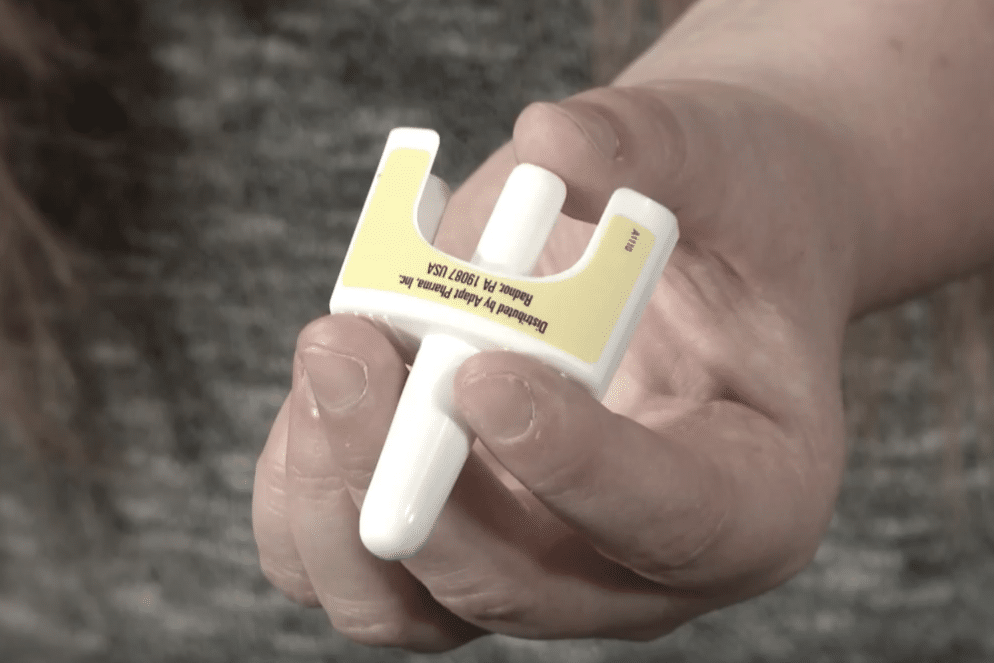California is now requiring most public universities and colleges to offer students free naloxone, as well as provide trainings on how to use it. But that doesn’t necessarily mean they’ll have access, as the state’s naloxone distribution infrastructure is already struggling under rising demand.
The Campus Opioid Safety Act, which took effect on January 1, amends the portion of the state’s Education Code that requires public higher-education institutions to discuss sexual violence prevention during student orientation. Overdose prevention must now be included as well. Governor Gavin Newsom (D) signed the bill into law in August 2022, after it was introduced earlier that year.
Like all 50 states, the District of Columbia and Puerto Rico, California has an active standing order that facilitates naloxone access without the need for individual prescriptions. Campus health centers are now directed to apply for the state’s standing order, so they can subsequently apply for free naloxone kits through California’s Naloxone Distribution Project (NDP). The requirements are mandatory for the California Community Colleges and California State University systems, while the smaller University of California system is “requested” to do the same.
The state sees disproportionate overdose deaths among people aged 15 to 24.
“This logistically is tough for the colleges,” Theo Kryzwicki, the founder and CEO of End Overdose, a nonprofit based in Los Angeles, told Filter. “They have to create or adopt an agreed-upon curriculum … the creation of material is time-consuming and demanding.” End Overdose has been offering schools free English- and Spanish-language training services to support them through the process.
The second barrier, according to Kryzwicki, is the NDP application process itself, as the project “has been suffering severe delays.”
Since launching in 2018, the NDP has distributed more than 1,778,000 naloxone kits. Schools and universities currently make up 15 percent of approved applications, but 4 percent of the recipients.
Though the California Department of Health Care Services program offers the more cost- and space-efficient generic naloxone alongside the nasal spray Narcan, it has been overwhelmed by the sheer volume of applications.
“Due to the impact of fentanyl and rising rates of opioid overdose in California, the demand on the NDP has increased substantially,” DHCS spokesperson Katharine Weir-Ebster told Filter. She estimated a four- to six-week delay between when a new application is filed and when it’s actually processed. Orders are capped at 2,100 kits per application.
Rates of fatal overdose in California are below the US average for people between age 25 and 55. However, the state sees disproportionate overdose deaths among those aged 15 to 24. In 2020, California recorded 19.4 overdose deaths per every 100,000 residents in this age group. The national rate was 16.7 per 100,000, though six states and the District of Columbia did not have available data.
Photograph via California Department of Public Health





Show Comments